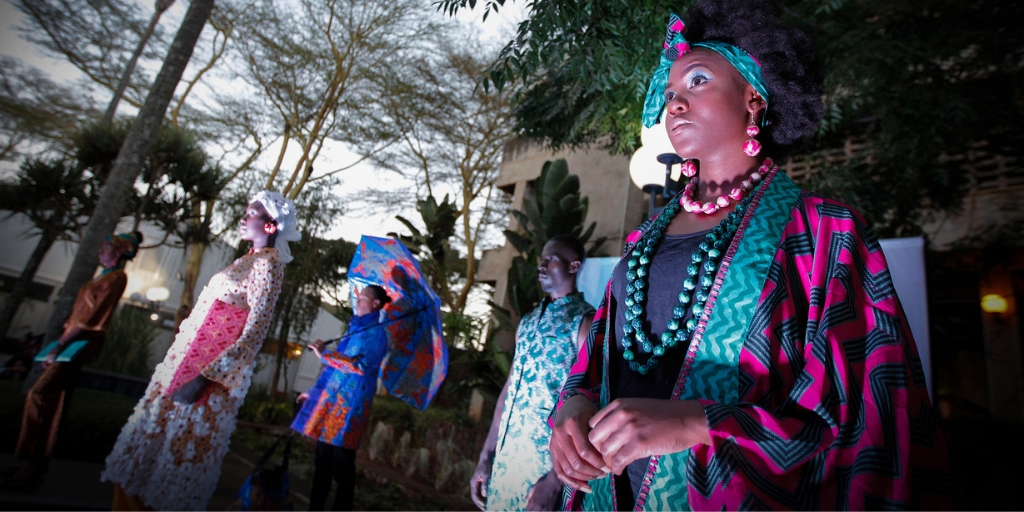Written by: Kimberly White
The UN Alliance for Sustainable Fashion launched today at the United Nations Environment Assembly (UNEA) in Nairobi, Kenya.
The goal of the Alliance is to halt the environmentally and socially devastating practices of the fashion industry.
According to a 2017 study by the Ellen MacArthur Foundation, fashion is responsible for 92 million tons of solid waste dumped in landfills every year.
Fast fashion has become a plague in our society. The Alliance reports that the average consumer buys 60% more clothing than they did 15 years ago. Although they’re buying more, each item of clothing is only kept for half as long, and it is polluting the world’s oceans.
“Many people succumb to buying seasonal trends that then get thrown away within a couple of months, and it’s just not sustainable,” said Indonesian-Australian supermodel Nadya Hutagalung.
While all materials shed fibers when they’re washed and dried, plastic microfibers from synthetic materials don’t biodegrade.
A study commissioned by Patagonia found that one synthetic fleece jacket shed as many as 250,000 plastic microfibers when machine washed. Each year, clothes release roughly 1.5 million tonnes of microfibers into the oceans.
In addition to plastic pollution, the fashion industry also significantly contributes to global carbon emissions.
Last year, the United Nations Framework Convention on Climate Change (UNFCCC) reported that the fashion industry is responsible for approximately 10% of global greenhouse gas emissions; more than all international flights and maritime shipping combined.
The Alliance aims to improve collaboration amongst UN agencies through:
- Analyzing agency efforts in making fashion more sustainable
- Identifying solutions and gaps in agency actions
- Presenting findings to governments to trigger policy
The launch event is hosting a series of pop-up fashion installations, presented by Nadya Hutagalung and Chinese popstar Karry Wang.
In addition to the installations, the launch event is also hosting a series of ‘instastories’ from key players in sustainability. Each player explains their vision for the future of environmentally-friendly fashion.
“By using fashion as a form of activism and empowerment, establishing innovative policies and sustainable businesses, the UN Alliance for Sustainable Fashion doesn’t perceive sustainability as a limitation to fashion, but rather a trigger for bringing real creativity and passion into the industry,” said H.E. Siim Kiisler, President of the UN Environment Assembly. “Research shows that fashion presents many opportunities for reducing waste and improving the environment. But the fashion industry cuts across many sectors, and so to capture the full opportunity, the UN and its partners need an integrated approach that goes beyond individual Sustainable Development Goals.”
Header Image Credit: UNEP/Flickr Nairobi Kenya,Circular Design Challenge “I was a Sari” UNEA4, UNEP/CYRIL VILLEMAIN







